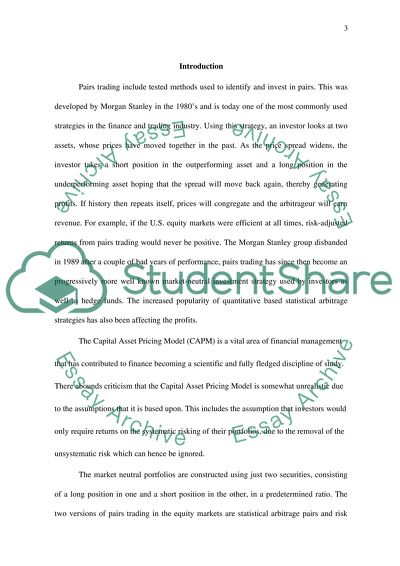Cite this document
(“Pairs Trading And Strategies And The CAPM Dissertation”, n.d.)
Pairs Trading And Strategies And The CAPM Dissertation. Retrieved from https://studentshare.org/finance-accounting/1399830-pairs-trading-and-strategies-and-the-capm
Pairs Trading And Strategies And The CAPM Dissertation. Retrieved from https://studentshare.org/finance-accounting/1399830-pairs-trading-and-strategies-and-the-capm
(Pairs Trading And Strategies And The CAPM Dissertation)
Pairs Trading And Strategies And The CAPM Dissertation. https://studentshare.org/finance-accounting/1399830-pairs-trading-and-strategies-and-the-capm.
Pairs Trading And Strategies And The CAPM Dissertation. https://studentshare.org/finance-accounting/1399830-pairs-trading-and-strategies-and-the-capm.
“Pairs Trading And Strategies And The CAPM Dissertation”, n.d. https://studentshare.org/finance-accounting/1399830-pairs-trading-and-strategies-and-the-capm.


